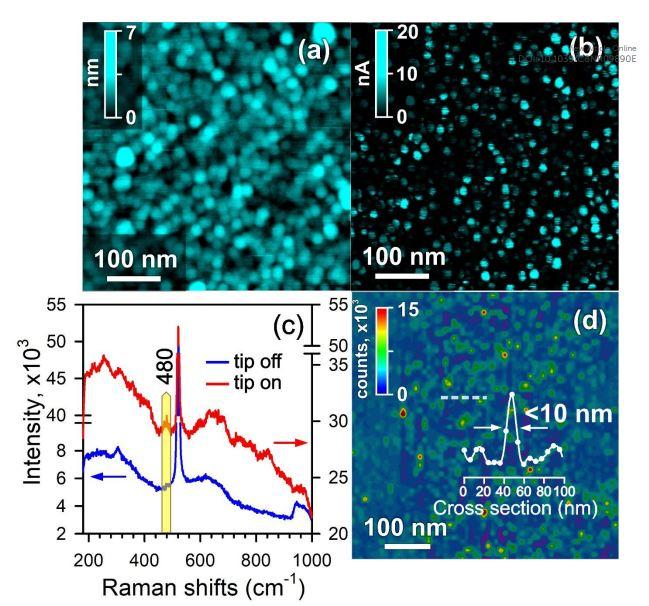A paper appeared in Nanoscale in March 2019

Credit: Kazan Federal University
High-resolution optical microscopy methods promise breakthroughs in materials science, biology, and medicine. Today, their possibilities basically reach those of scanning electron microscopy.
Sergey Kharintsev, Head of Nano-Optics Laboratory (Kazan Federal University), comments, “The main advantage of optical microscopy is that it provides nondestructive chemical analysis of single molecules exposed to continuous-wave low-powered laser light. Unlike scanning electron microscopy, this allows one to perform 3D visualization and spectral analysis of intrinsic structure of nano objects, and also get insights into processes in living cells.”
According to Professor Kharintsev, fluorescence microscopy has become the most popular method for biology and medicine lately. Its main drawback is the need for fluorescent labels that must be photostable and non-toxic. Furthermore, there are factors of labor-intensive sample preparation and fluorophore prices.
The paper posits that one of the solutions for ultrahigh resolution microscopy is a superlens, first proposed by John Pendry (Imperial College London, UK) in 2000. The lens looks like a sandwich with a metallic film placed between two dielectric layers. Superresolution is achieved due to the optical near-field enhancement through surface plasmon resonances. Lately, a breakthrough initiative in practical implementation of such superlens has been put forth by Vladimir Shalaev (Purdue University, USA), who suggested using a nano-composite metal-dielectric film. This permits the superlens to be operated at a tunable single frequency.
“We propose to use a nano-structured metal-dielectric film that exhibits a double epsilon-near-zero behavior near the percolation threshold,” continues Sergey Kharintsev. “The material in question is titanium oxynitride, a compound first synthesized by Andrei Mihai’s group at Imperial College London. Such a superlens provides ultrahigh spatial resolution due to stimulated Raman scattering. Consequently, we have succeeded to achieve a spatial resolution of 8 nm and 80 nm in the near-field and far-field, respectively. Importantly, obtained optical images are formed with a standard objective only, not using optical nano-antennas, designed laser beams, or fluorescent labels.”
###
The research has been supported by the Russian Science Foundation. The project’s title is “Synthesis and research of ultra-thin magnetic heterostructures with potential spintronic and optronic applications”; Professor Lenar Tagirov (Institute of Physics, Kazan Federal University) is at the helm. Sergey Kharintsev’s PhD student Anton Kharitonov has prepared his PhD thesis based on the results.
Media Contact
Yury Nurmeev
[email protected]
Original Source
https:/
Related Journal Article
http://dx.




